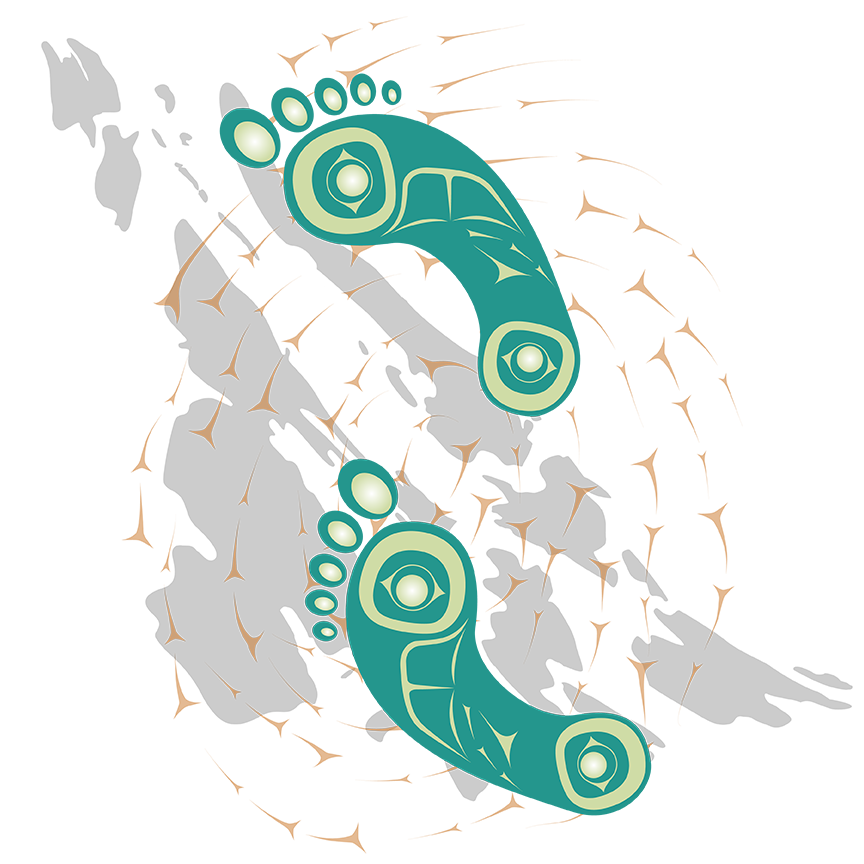Technical Publications | May 1, 2022
Galiano Island Biocapacity Methodology
Produced by the Global Footprint Network, this report explains the methodology used to estimate Galiano Island’s Biocapacity.
ViewBy clicking the button below, you can view the results of the One Island, One Earth project online.

The Ecological Footprint was created in the 1990s by two UBC researchers, Dr. Mathis Wackernagel and Dr. William Rees. The measurement has two important components:
(1) The Ecological Footprint captures the demand that humans place on natural resources. More specifically, it is an estimate of how much biologically productive land and water area an individual or population needs to produce all the resources it consumes and to absorb the waste it generates. It is measured in global hectares (gha), where a global hectare is a biologically productive hectare with globally averaged productivity for that year.
(2) Biocapacity refers to the capability of a given area of land or sea to regenerate the resources we use, and to absorb waste from consumption. It is a measure of net primary productivity applied to land and ocean area, and is also measured in global hectares (gha).
Looking at these two components together, we can determine if natural resources are being replenished at a rate that can support our lifestyles, and provide enough resources for future generations (it is important to note that this calculation does not take into account the resources required for all the plants and animals living alongside humans). The Global Footprint Network found that, in 2020, humanity used up its entire natural resource budget for the year by August 22nd! This means that we are currently running an ecological deficit: we are cutting down trees faster than they can grow back, we are not leaving enough fish in the ocean to reproduce, and we are burning fossil fuels faster than emissions are being sequestered. This is contributing to the build-up of greenhouse gases in the atmosphere that is driving climate change, and increasing the severity of natural disasters such as the wildfires that are moving through the west coast states.
To help guide communities in their efforts to live sustainably and reduce their contribution to climate change, the BCIT EcoCity Centre led by Dr. Jennie Moore has developed a methodology to calculate the ecological footprint of municipalities in British Columbia using localized data. We partnered with them to complete this project.
Having an awareness of what our Ecological Footprint is, and what components of our lifestyles contribute most to our footprint (e.g., driving, eating meat etc.) is useful. It can help us to effectively reduce our impact on the Island and the Earth, and it can help guide initiatives and policy by highlighting areas that require the most attention. But while metrics such as the Ecological Footprint can influence individual lifestyle choices and the initiatives that move forward in a community, both are still dependent on the intrinsic values and attitudes of community members towards sustainability. In 2012, two German researchers – Dr. Beate Ratter & Dr. Jan Petzold – gave these intrinsic values that guide behaviour a name: the Ecological Fingerprint. They were successfully able to calculate the Ecological Footprint & Fingerprint of Helgoland, a small island in Germany.

Produced by the Global Footprint Network, this report explains the methodology used to estimate Galiano Island’s Biocapacity.
ViewWatch two of our oral history interviews and an audio collage from the Galiano Community School.
Read MoreProduced by BCIT and CHRM consulting, this report presents Galiano Island’s 2021 ecological footprint and emissions Inventories.
ViewSubscribe to our YouTube Channel to catch Sole’s appearances on the Fergus & Friends Puppet Show!
Read MoreListen to the Future Ecologies episode discussing our One Island, One Earth Project.
ViewWatch our webinar about how this project can be applied to other communities.
Read MoreTake our 10-minute survey to help us take climate action at the community level.
Relevant Transportation Related Reports, Projects, Local & Regional Organizations.
Read MoreRelevant Food Related Reports, Projects, Local & Regional Organizations.
Read MoreRelevant Buildings and Energy Related Reports, Projects, Local & Regional Organizations.
Read MoreRelevant Consumables and Waste Related Reports, Projects, Local & Regional Organizations.
Read MoreRelevant Water Reports, Projects, Local & Regional Organizations.
Read MoreRelevant Biocapacity Reports, Projects, Local & Regional Organizations.
Read MoreThere are many local organizations already doing great work in the Southern Gulf Islands. We’ve compiled a list of useful resources.
Read MoreRelevant Community Climate Action Reports, Projects, Local & Regional Organizations.
Read MoreWe wish to thank everyone that contributed to this project, from all of the Galiano households that completed our surveys, to the many people that provided us with insight and feedback. We wouldn’t have been able to do this project without you, and we hope you see yourselves reflected in it. Thanks also to our project partners and funders.